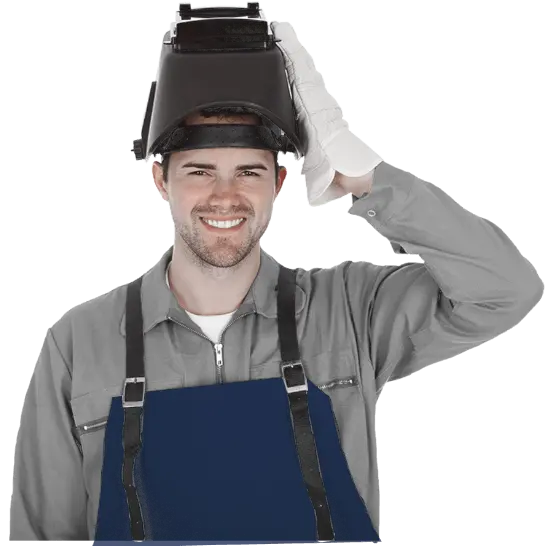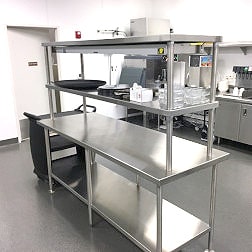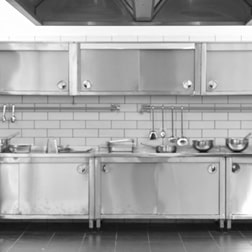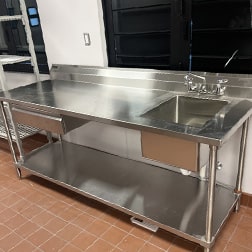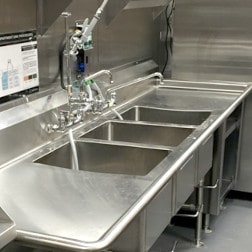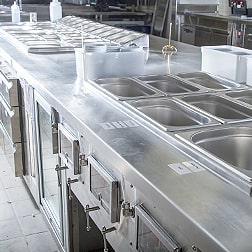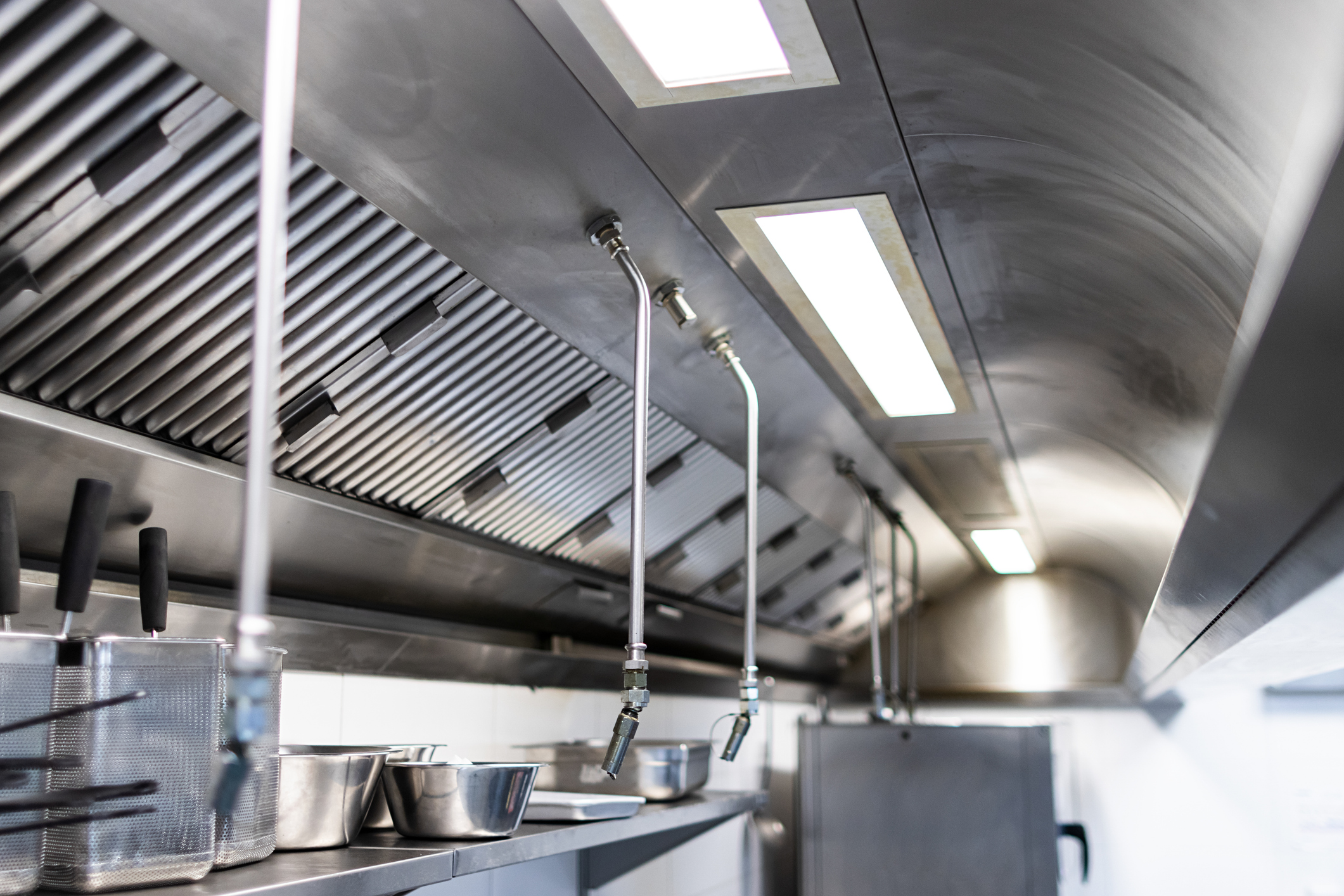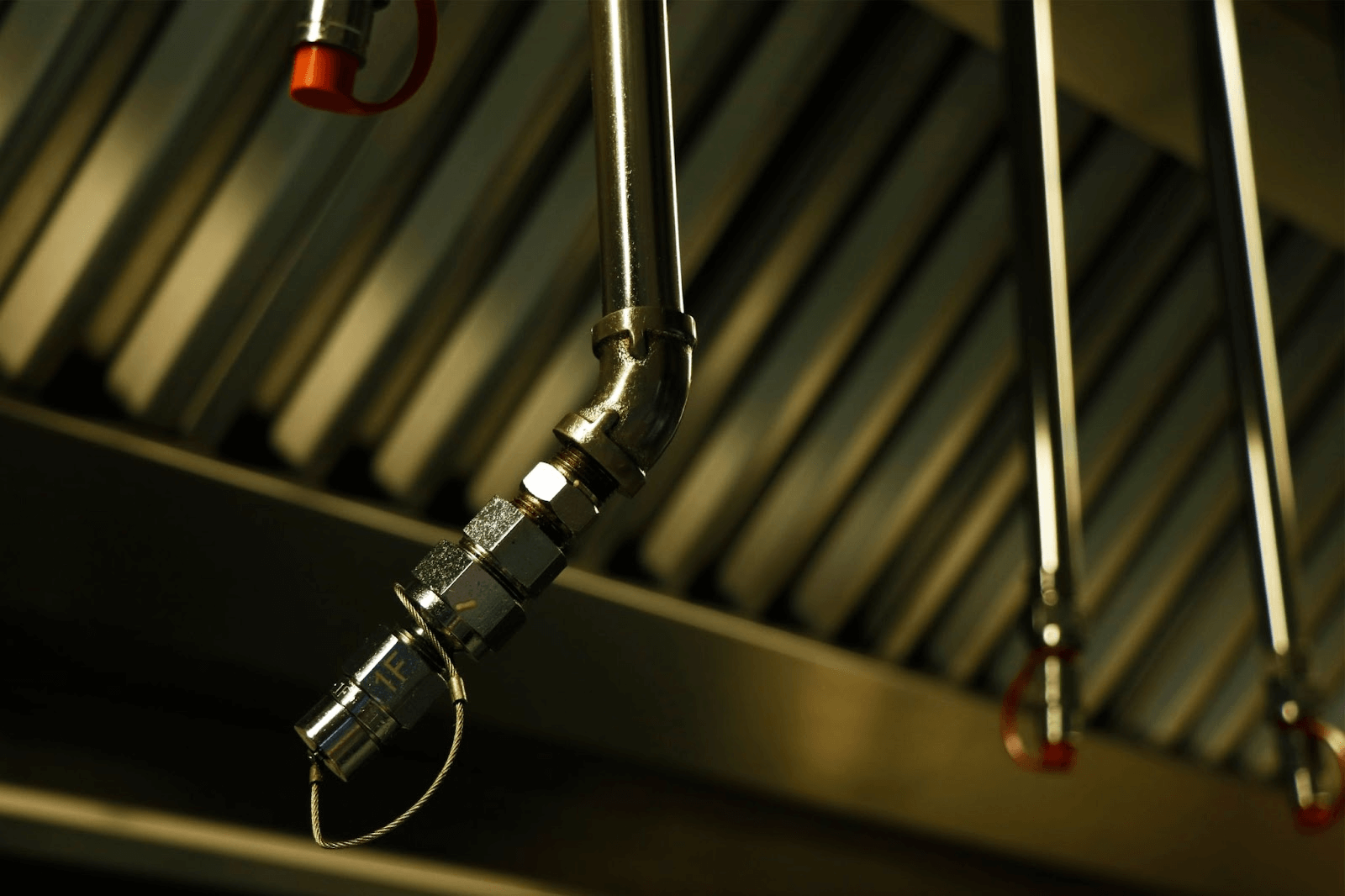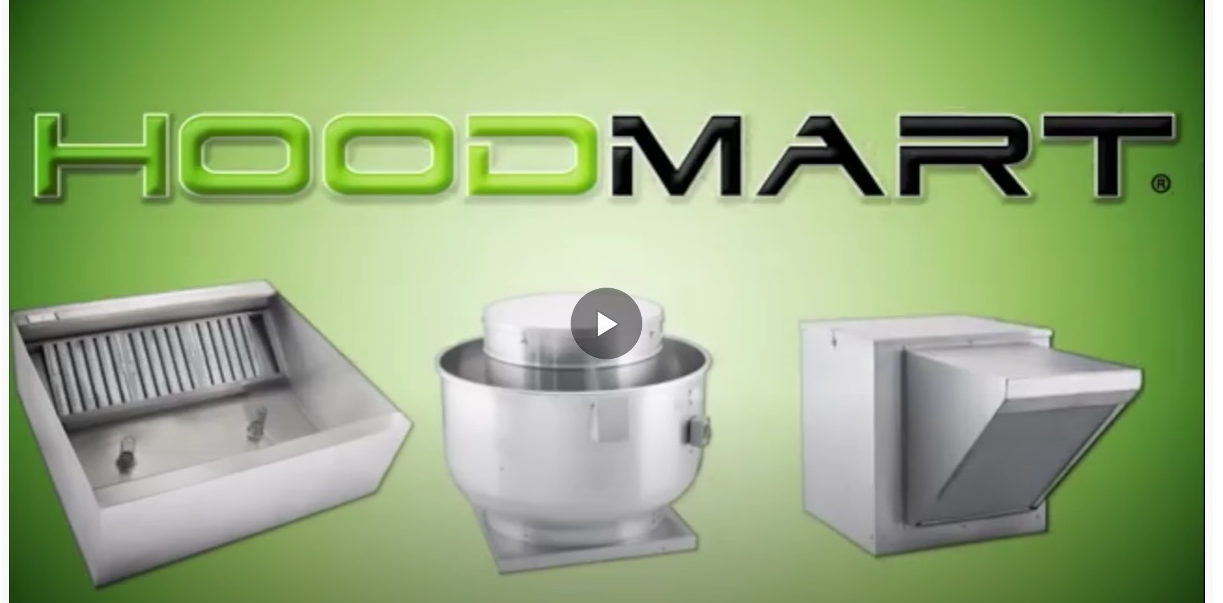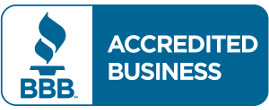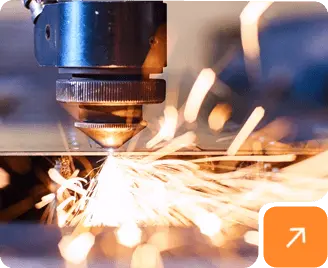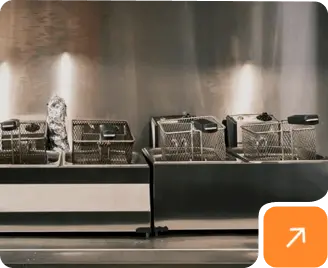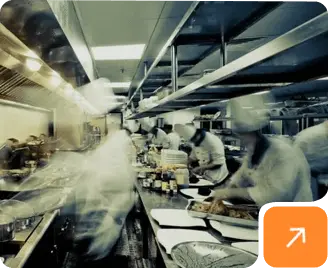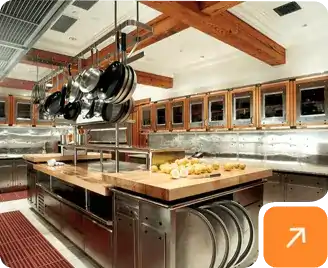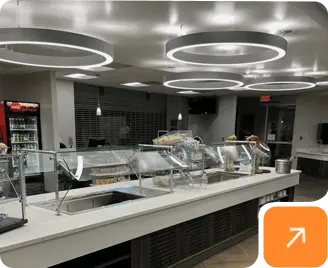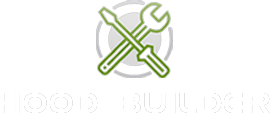
Commercial exhaust hoods are essential pieces of equipment in any professional kitchen. They help remove grease-laden vapors, smoke, steam, and cooking odors from the kitchen, making it a safer and more comfortable workplace. However, a commercial hood is only as effective as its ventilation system. This blog post will walk you through the steps to vent a commercial ventilation hood properly.
Step 1: Choose the Right Location for Your Hood
One key consideration is the distance between the exhaust hood and the cooking surface. The range hood should be close enough to the cooking surface to effectively remove smoke, steam, and odors from the air but not so close that it interferes with cooking activities. A good rule of thumb is to install the hood no more than 78 inches from the floor to the bottom edge of the hood. This will ensure that the hood is close enough to capture the airborne pollutants effectively but not so low that it obstructs your view or gets in the way while cooking.
Another critical factor to consider when choosing a location for your ventilation hood is the vent placement. An exhaust hood should be located near an exterior wall or roof to make venting easier. This will allow the air to be vented directly outside rather than recirculated back into the kitchen. If the hood is not near an exterior wall or roof, you may need to install ductwork to channel the air outside. This can be a more complicated and costly installation process, so choosing a location that makes venting as straightforward as possible is best.
Step 2: Install the Ductwork
Once you have chosen the location for your hood, you can start installing the ductwork. The ductwork will carry the air and smoke out of your kitchen, so it must be correctly installed by a certified professional. Professional installation will ensure that your system uses high-quality ducting material rated for commercial use with a large enough diameter to handle the air volume your hood will be moving. Professional installation also protects you as a restaurant owner by ensuring code compliance.
Step 3: Vent to the Outside
One of the most critical steps in venting a commercial exhaust hood is ensuring the ductwork vents to the outside. You should never vent a range hood into an attic or other enclosed space, as this can create a fire hazard. Again, this is why all ductwork should be directed through the roof or an exterior wall and put in place by certified installers.
Step 4: Test Your Ventilation System
Once your ductwork has been installed and the exhaust hood is properly vented outside, your installer will perform a test to ensure that everything is working properly.
In conclusion, properly venting a commercial exhaust hood is essential for creating a safe and comfortable working environment in your kitchen. Following these steps and using high-quality ducting materials ensures your hood operates at peak efficiency. If you have any questions or concerns about venting your commercial exhaust hood, the experts at HoodMart can help - contact us today!








 CUSTOM FABRICATOR
CUSTOM FABRICATOR